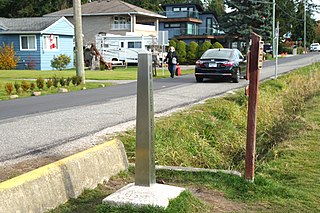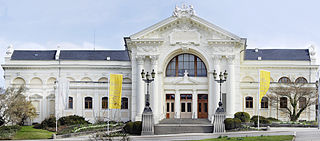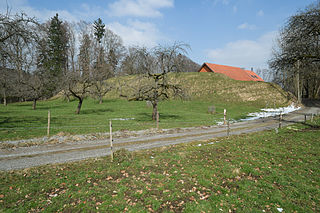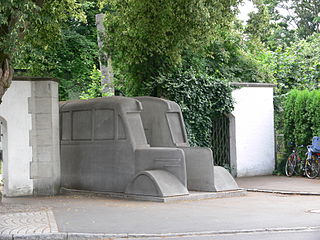6 Sights in Ravensburg, Germany (with Map and Images)
Legend
Welcome to your journey through the most beautiful sights in Ravensburg, Germany! Whether you want to discover the city's historical treasures or experience its modern highlights, you'll find everything your heart desires here. Be inspired by our selection and plan your unforgettable adventure in Ravensburg. Dive into the diversity of this fascinating city and discover everything it has to offer.
1. Grenzstein
A boundary marker, border marker, boundary stone, or border stone is a robust physical marker that identifies the start of a land boundary or the change in a boundary, especially a change in direction of a boundary. There are several other types of named border markers, known as boundary trees, pillars, monuments, obelisks, and corners. Border markers can also be markers through which a border line runs in a straight line to determine that border. They can also be the markers from which a border marker has been fixed.
2. Konzerthaus
The Ravensburg Concert Hall is a theatre and concert building in Ravensburg, opened in 1897, which is mainly used for theatre guest performances, concerts and congresses. With 574 seats, it is the largest theatre in the city. The building, which was financed by foundations of the entrepreneur Julius Spohn and other citizens, was built by the renowned Viennese architectural firm Fellner & Helmer in the style of historicism and still presents itself today largely in the state of its construction. The concert hall is the only surviving historic theatre building in Upper Swabia in Württemberg and, together with its preserved stock of historical stage sets, has been a listed building since 1988.
3. Museum Humpis-Quartier
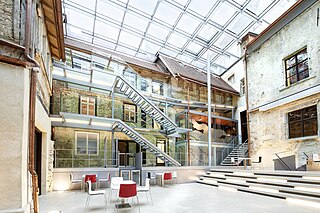
The Museum Humpis-Quartier is the cultural-historical and city-historical museum of the city of Ravensburg. It is located in the Humpis Quarter, one of the best-preserved late medieval residential quarters in southern Germany.
4. Ringgenburg
The Ringgenburg, also called Rinkenburg, is a hillfort and refuge castle in the Schmalegger Tobel near the district of Schmalegg in the city of Ravensburg in the district of Ravensburg in Baden-Württemberg in Germany.
5. St. Christina
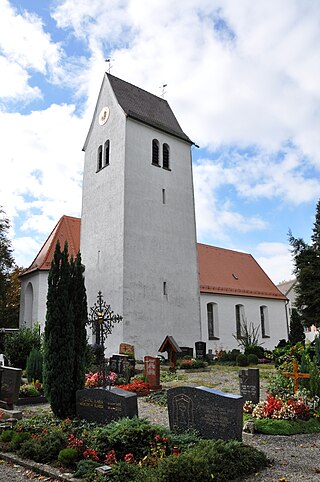
The Roman Catholic parish church of St. Cristina stands opposite the Veitsburg in Ravensburg, the district seat of the Ravensburg district in Baden-Württemberg. The parish belongs to the Diocese of Rottenburg-Stuttgart. The building is registered as an architectural monument with the Baden-Württemberg State Office for the Preservation of Monuments.
6. Grauer Bus
The Monument of the Grey Buses is a two-part memorial that was erected in 2006 for the victims of the murders of the sick by the National Socialist "Aktion T4" in the Centre for Psychiatry Weißenau in Ravensburg. The design of the Grey Buses was created by Horst Hoheisel and Andreas Knitz in 2005 during a competition. There are three versions of the monument: two stationary ones and one that changes its location.
Share
How likely are you to recommend us?
Disclaimer Please be aware of your surroundings and do not enter private property. We are not liable for any damages that occur during the tours.
